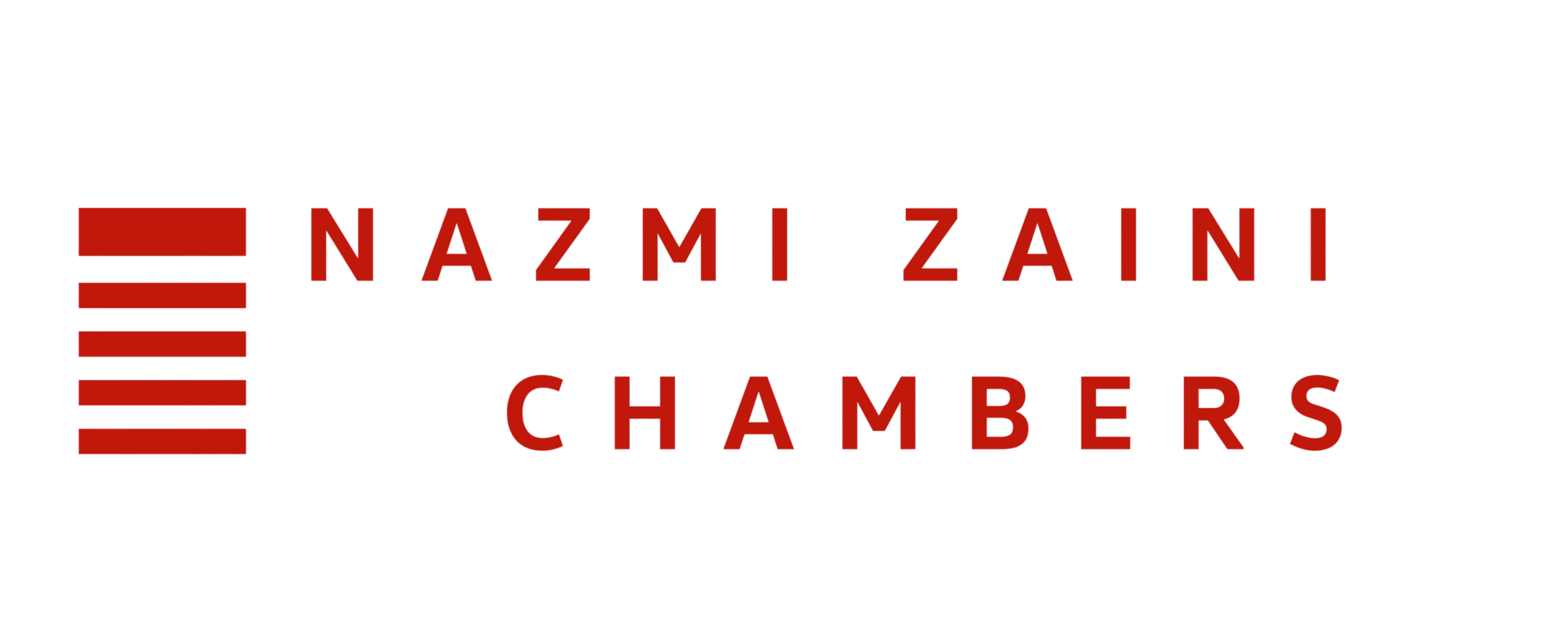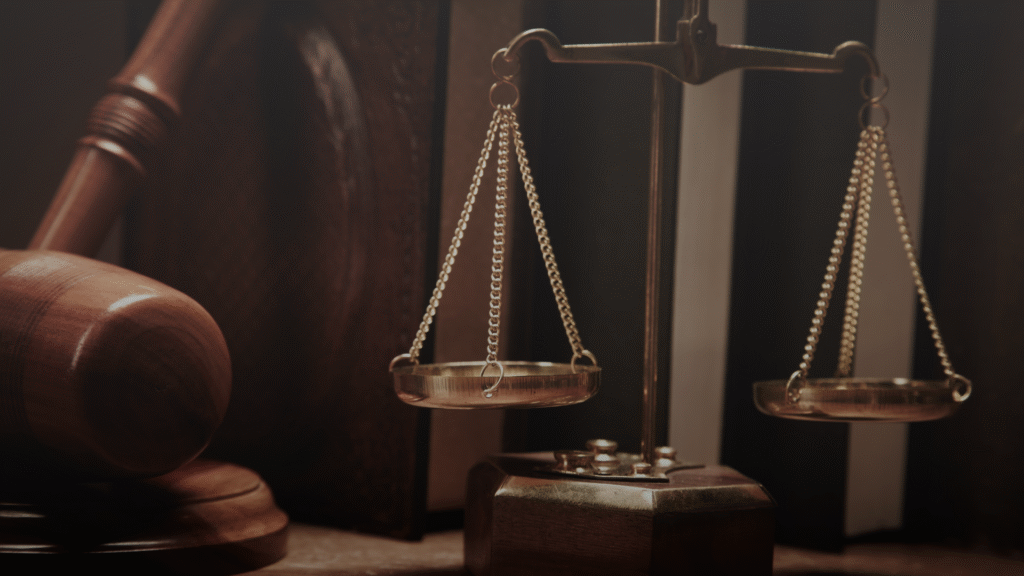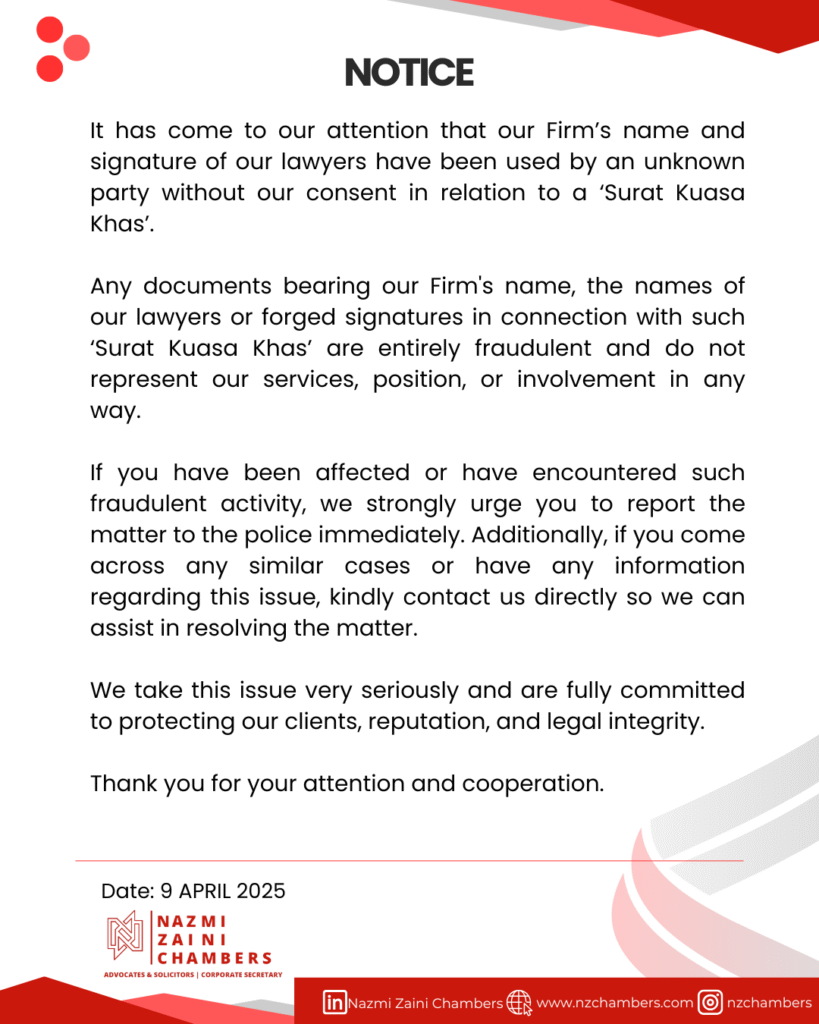The case of D’Aloia v Person Unknown others [2022] EWHC 1723 before the High Court of England and Wales is centred around fraudulent misappropriation of cryptocurrency against several defendants. The cryptocurrency was passed through several wallets before ultimately being withdrawn as fiat currency by another set of unknown persons.
In this case, the Court provided significant clarity on various legal issues toward the victim of fraudulent misappropriation of cryptocurrency when seeking redress against exchanges that were used to transfer the stolen cryptocurrency.
Background
Mr Fabrizio D’Aloia (“Claimant”) claimed for interim injunctive relief, disclosure, and ancillary orders against several defendants, arising out of what he alleges to be the fraudulent misappropriation of approximately 2.1 million USDT and 230,000 USDC in cryptocurrency.
The Claimant claimed that he was scammed into transferring the cryptocurrency from his Coinbase and Crypto.com wallets to a person unknown through a website named “www.tda-finan.com”, in which it was connected to a legitimate US-regulated business, TD Ameritrade. This resulted in the loss of the Claimant’s investment.
Claim against the first defendant (‘person unknown’) includes fraudulent misrepresentation, deceit, unlawful means conspiracy and unjust enrichment. The second defendant and four through seven defendants, who are said to be the controllers or the operators of the exchange, are located outside the jurisdiction while the Claimant is domiciled within the jurisdiction.
In trying to identify the issues, the Claimant instructed an intelligence investigator where it has been established that some 2.175 million of USDT and USDC have been transferred to several private addresses and exchanges operated by or under the control of the second to seventh defendants.
Findings of the High Court of Justice
The consequence of the deceit towards the Claimant satisfies the necessary test for a serious issue to be tried.
The misrepresentation towards the Claimant happened in England, and it is a good arguable case that the asset taken is considered to be an English asset. According to the legal standard, the location of a cryptocurrency is where the person who owns it lives. Thus, the assets’ situs is believed to be in England, and English law governs the claim due to the misappropriation occurring in England.
High Court highlighted that despite a report from an intelligence investigator who made it possible to trace the crypto assets, reliance on sufficient evidence to demonstrate control over the wallet (trustee of the crypto assets) is still crucial. Thus, the Court believes that there is a strong case for this claim, except for one issue related to the third defendant. Here, the Court had considered two questions: (1) should the Court grant permission to serve out of the jurisdiction of the exchange defendants? and (2) should the Court grant the injunctive relief?
For the first question, the High Court will have no jurisdiction to grant injunctive relief if they are outside of the jurisdiction. However, since the Court is not convinced that substantial relief is appropriate against them at this stage, their location in this jurisdiction is not directly relevant for the purposes of granting permission to serve out. Thus, the questions on an application for permission to serve out are: –
First, whether or not there is a serious issue to be tried?
The court satisfied that there was a serious issue to be tried in relation to the substantive relief and the constructive trust against all of the other defendants apart from the third defendant, where the Court was not convinced that there was sufficient evidence.
Second, are there any gateways under Practice Direction 6B which justify the Court granting permission to serve out of the jurisdiction?
A number of Alternatives are advanced in this case, such as Gateway 9 on the ground that this is a claim in tort, where damage has been or will be sustained, resulting from an act committed or likely to be committed within the jurisdiction. The court was satisfied that the location where it was held before the misrepresentation is important for determining where the case should be dealt with.
Gateway 15 (that is, the constructive trust gateway) is available as against the persons unknown. Next, Gateway 11 (“The claim relates wholly or principally to property within the jurisdiction”) is also available. Although the property is no longer within the jurisdiction, the property was originally situated there at the time of the misappropriation. Thus, the High Court is of the view that there is a compelling argument that this gateway requirement is also satisfied.
Therefore, the High Court is convinced that a valid gateway exists that justifies service outside the jurisdiction against the exchange defendants. It is also possible that there are additional gateways that apply.
Third, whether there is a sufficient connection to this jurisdiction to justify the grant of relief?
As far as the injunctive relief is concerned, the High Court is satisfied that there exists a serious issue to be tried against the persons unknown in relation to the substantive relief. Additionally, there is a serious issue to be tried regarding declaratory relief in relation to the constructive trust against all the defendants, with the exception of the third defendant, as there is no sufficient evidence at this stage to establish a serious issue to be tried.
The court also mentioned that the damages would not be an adequate remedy. If there is no injunction or court order preventing the disposition of an asset that still belongs to the Claimant, any subsequent legal remedy available would still be rendered ineffective. Essentially, once the asset is disposed of or otherwise altered, the Claimant’s ability to recover the asset through damages would be compromised. Therefore, an injunction or similar form of relief is necessary to prevent the asset from being disposed of in order to preserve the claimant’s legal rights and interests.
Bankers Trust disclosure relief
There are a few questions that the High Court had considered. On the first question, the High Court satisfied that the cryptocurrency held in the relevant wallets belongs to the applicant for the reason above. The second question concerns the real prospect that the information sought will lead to the preservation of the asset because it will assist the Claimant in identifying the person unknown. For the third question, the High Court satisfied that the form of relief sought is appropriate and proportionate, being no wider than necessary in all circumstances. The fourth question is on balancing the position between the Claimant who has been deprived and the defendants. Here, the High Court mentioned that the Claimant is prepared to pay the reasonable costs incurred by the exchanges in providing the requested information. Thus, the balance weighs in favour of granting some form of disclosure relief. Hence, the Court mentioned that it is appropriate to grant Banker Trust relief.
The High Court also referred to the question of whether it is appropriate for a Bankers Trust relief claim to be served out of the jurisdiction. The High Court had made a reference to decisions from Butcher J in the Ion Science case[1], where the High Court highlighted that this action is without notice application. This means that the defendants can still challenge, in a hearing where both sides are present, whether the Court has the authority to exercise the powers being requested.
Judgement
Therefore, the High Court satisfied that the relief sought, both against the person unknown and against the exchange defendants, is justified and should be granted, except the Court will not grant substantive relief to the third defendant as it is arguable that it has any control or holding the Binance wallet.
Its applicability in the Malaysian legal system
The status of cryptocurrencies is still evolving in the area of law in Malaysia, and there is a need to strengthen it in the legal framework. This would include matters such as ownership rights, disputes and others.
In the D’Aloia case, the Court was satisfied that there is a gateway in the Practice Direction. Thus, it is appropriate to grant permission to serve out of the jurisdiction of those defendants. The Court’s decision in D’Aloia would support the idea that the Malaysian Court can assert jurisdiction if certain conditions or connections are met, even if the defendant is outside of Malaysia. This approach could help provide legal clarity for cryptocurrency-related disputes that involve international parties.
As our current law on cryptocurrency is still evolving, having a clear practice direction regarding this issue similar to the approach taken in the D’Aloia case would provide much-needed clarity in resolving international cryptocurrency disputes. While the law is still evolving, it’s essential that individuals’ rights are protected, and a well-defined approach would help ensure a fair and effective legal outcome.
Thoughts on tracing cryptocurrency assets
There are many challenges around the cryptocurrency sector despite it becoming a popular option.
There are indeed practical steps that victims can take when involved in cryptocurrency theft [can refer to our article on “Tracing and Recovering Stolen Cryptocurrencies: Legal Tools Available”[2]. However, it is important to understand that without proper guidelines, expertise, and Acts that govern these matters, it would be difficult and take much longer time, especially when tracing cryptocurrencies involving an unknown person.
In the D’Aloia Case above, the Claimant also instructed an Intelligence investigator in which he produced a report (adduced as evidence in Court) where he managed to establish the USDT and USDC transferred to various private addresses and exchanges. Here, it highlights that it is important to have specialised intelligence and experts to investigate and trace the digital currencies dispute.
It is also essential to recognise how the Intelligence investigator in the D’Aloia case is analysing blockchain data to track and trace the movement of funds across transactions and addresses. Cryptocurrencies operate on blockchain networks, which are decentralised ledgers that record all transactions in a transparent and immutable way. The following outlines the general steps involved in this process.[3]:
- Transaction analysis: This step involves using blockchain intelligence tools to look at the history of transactions on the blockchain. It helps to identify patterns and connections between different wallets.
- Wallet clustering: By analysing transaction behaviours, similar wallets can be grouped together. These clusters might belong to the same person or organisation, which can reveal connections across multiple transactions.
- Address attribution: If a wallet address can be connected to a real person or business (like through exchange Know Your Customer (“KYC”) data), it’s possible to link specific transactions with individuals or organisations.
- Flow tracking: Blockchain intelligence tools track the movement of funds across multiple wallets and chains, mapping the flow from where the money started and where it went.
- Reporting: After analysing all this data, crypto investigators and blockchain intelligence software generate detailed reports that law enforcement, regulators, or businesses can use to look into illegal activities or ensure compliance with rules. This report can be used to serve as evidence in court proceedings.
A common myth about cryptocurrency is the belief that it offers complete anonymity. Although wallet addresses appear as long strings of letters and numbers, every transaction is openly visible on the blockchain ledger. Using specialised tools, law enforcement agencies or intelligence investigators can track wallet interactions, similar to the steps outlined above, to connect wallet addresses to real people or businesses. This helps them solve many serious crimes involving cryptocurrency.[4]
In conclusion, as the cryptocurrency ecosystem evolves, it becomes increasingly important to leverage advanced blockchain intelligence to foster a safer and more transparent financial environment. This is because technology plays a crucial role in monitoring and securing digital transactions, ensuring greater accountability within the financial system. Also, comprehensive legislation on the cryptocurrency ecosystem is required to ensure the public’s interests are preserved from any theft, fraud and other financial crime.
Author:
- Najihan, Pupil in Chambers
References:
[1] Ion Science Limited & Duncan John v Persons Unknown, Binance Holdings Limited, Payment Ventures Limited (unreported) [2020]
[2] Tracing and Recovering Stolen Cryptocurrencies: Legal Tools Available (https://nzchambers.com/tracing-and-recovering-stolen-cryptocurrencies-legal-tools-available/)
[3] https://www.trmlabs.com/glossary/crypto-tracing#use-of-obfuscation-techniques-1
[4]https://www.vestinda.com/blog/blockchain-transparency-can-authorities-track-the-flow-of-crypto-assets#How_Do_Tracking_Tools_Work
Published Date: 19 February 2025






